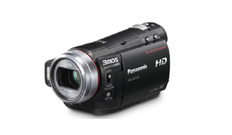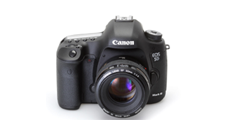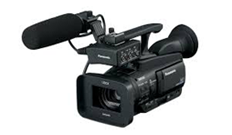
South Essex Film Makers
passionate about film making


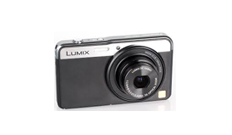
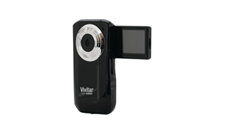
It was in September of 1965 that one member joined what was then the Westcliff Cine and 35mm Club. he had invested a huge amount of his student earnings to buy a Bolex C8 cine camera and a new-fangled Eumig Mark S sound projector and wanted to know how best to use them. In those days the 8mm cine film was shot silent, and if a real enthusiast wanted to add sound it was done using a tape recorder. The new concept of adding a sound stripe to the film was controversial, as quality was ‘iffy’ to say the least.
Back at the club he soon found that his new equipment was rather rare and he found himself sharing his experiences with the handful of members who had embraced the new technology. Before long, far from learning from them, he found himself being a leader of much experimentation with the new equipment.
In 1965 Kodak introduced a new film gauge called Super 8 which had smaller sprocket holes and somewhat bigger picture frames.
Senior Member, and one time Chairman, Tom Hardwicke, was renowned for achieving Super 8 picture quality which belied the tiny frame size, and because of his single-shot roving camera shooting style, was nicknamed ‘One shot Tom’.
Another member, Terry Mendoza created several award winning and professional looking movies in this gauge, and Chris Taylor, wrote the sound column Sound Spectrum in Movie Maker Magazine.
The Cine Film Age
Super 8 arrives
It ran a touch faster and therefore offered improvements in pictures and sound. The price, for 3 minutes and 20 seconds of running time of about £1.50 was hefty for an apprentice earning about £10 per week!
Perhaps Westcliff’s best known regular member, the late John Wright championed the use of sound striped 8mm film with the Back Stripe campaign he ran in his Club Commentary column, again in Movie Maker.
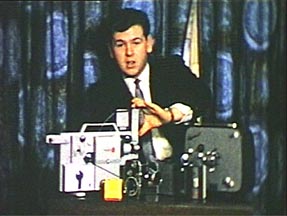

John Wright
Chris Taylor with various projectors
Hurrah for Lipsynch
Lip synch had arrived at last! The trouble was that the cameras of the day recorded the clickety-click of the film transport as much as they did the wanted sound, and this noise was a real problem. Westcliff members masked such camera noise remarkably well and some of them became well known names in the amateur movie world as experts in their particular fields.
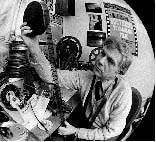
Kodak later introduced a version of Super 8 which enabled the sound to be recorded directly onto the film in the camera.
The club’s star movie-maker of the time was family man, Ron McEwen who used a silent projector linked to a tape recorder with a synchroniser attachment which kept pictures and sound more-or-less in step. The ability for amateurs to shoot talking pictures - lip synch - was unheard of.
History - Part 1
Check out more films on our
Channel
